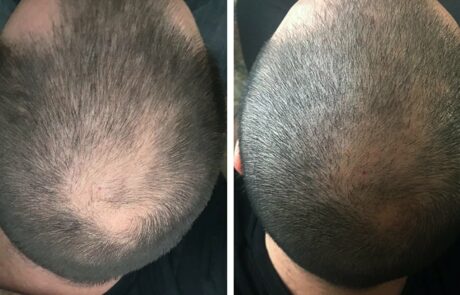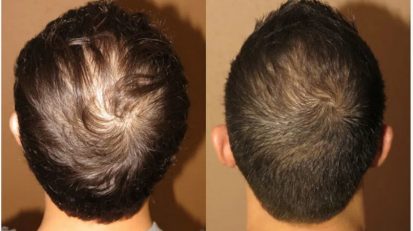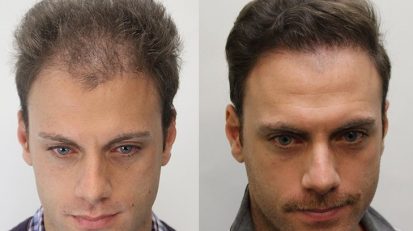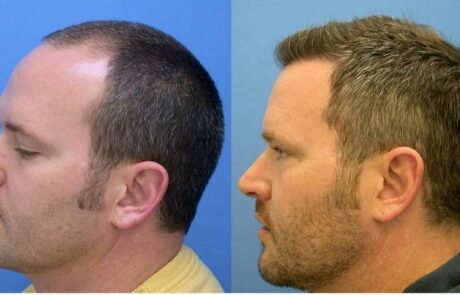Female Hair Loss
The most striking thing about hair loss in women is that it is much more common than you would expect. When compared with male hair loss, there is a much wider range of causes, both lifestyle and genetic. All treatments, from topical creams to hair implants, will always need to be tailored accordingly.
If you are a woman who is experiencing hair loss, just give us a call, or contact us online. We will diagnose the issue, design a treatment and stay with you until you have a solution that you love. When you get in touch with us, you are on the first step on a path that is 100% guaranteed to end with results that you are happy with.
Female Hair Loss Clinic in the Sydney, Parramatta & New Castle Area
Female hair loss is thought to be slightly more susceptible to environmental factors than male equivalents. This is generally down to the fact that hormones alone are likely to make men experience thinness or balding at some point, but not women. So men are more likely to lose their hair, but when it happens to women, it is more likely to be for an unexpected reason. This changes the ideal way to diagnose shedding problems in different genders and means it is always a good idea to look more closely at non-hormonal factors in female hair loss.
The upside is that creams and laser procedures are more likely to get great results, and women are marginally less likely than men to need surgical hair implants.
Environmental causes
Genetic causes
Alopecia is the medical term for all hair loss, but as a condition in itself, it includes three subtypes.
These are the three primary types of medical alopecia, but it can also refer to both male pattern baldness and female pattern baldness, the two ‘normal’ types of hair loss that will naturally hit people with age. Despite their names, both of these can occur in any gender.







